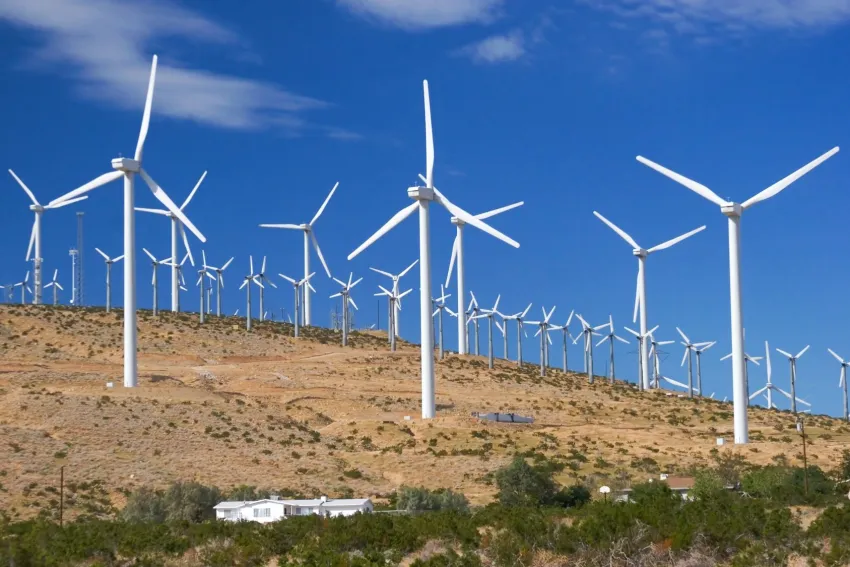
India's wind sector slows down no thanks to falling tariffs
Tariffs have fallen to at least 3.5 cents per unit, which are insufficient for capital costs.
A shift to a competitive bidding mechanism in India’s wind energy sector has caused a slowdown in capacity addition as participants are yet to adjust, according to CRISIL Research.
According to a note, tariffs having fallen to 3.5-3.8 cents (INR2.4-2.6) per unit, from 5.8-6.5 cents (INR4.0-4.5) per unit under the feed-in-tariff (FIT) regime. “Such low realisations remain unviable for the entire value chain at current capital costs of INR6.8-7.2 crore per MW,” CRISIL Research said.
Furthermore, fiscal 2019 is expected to continue to see a slowdown in capacity additions as, despite tendering and auctioning occurring in spurts through the fiscal, most of the capacity is expected to come online only between end-fiscal 2019 and fiscal 2021.
“Thus, capacity pipelines are presently bunched up over those years with a weak outlook thereafter due to incremental challenges to execution,” CRISIL Research added.
CRISIL Research forecasts capacity addition of 14-16GW over fiscal 2019 to 2023, entailing investments of nearly $16b (INR1.1t). Capacity additions are expected to be driven by central government (SECI) allocations with relatively stronger counterparties like Solar Energy Corporation of India (SECI) and PTC, reducing risk as compared to direct exposure to state discoms.
“State auctioning, on the other hand, has slowed as several states have signed power supply agreements (PSAs) with PTC and SECI to procure wind power under the schemes auctioned by them, to help fulfil their non-solar renewable purchase obligations (RPO) targets,” CRISIL Research added.
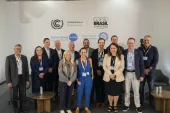

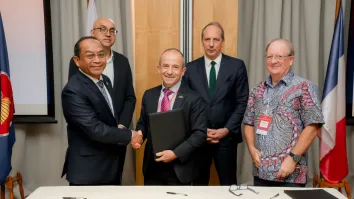







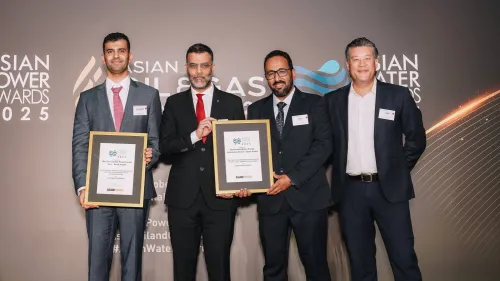
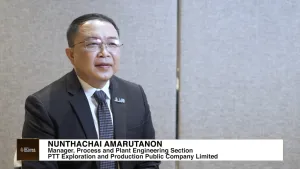
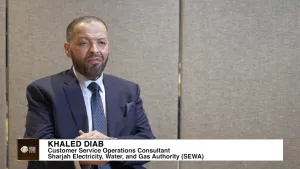



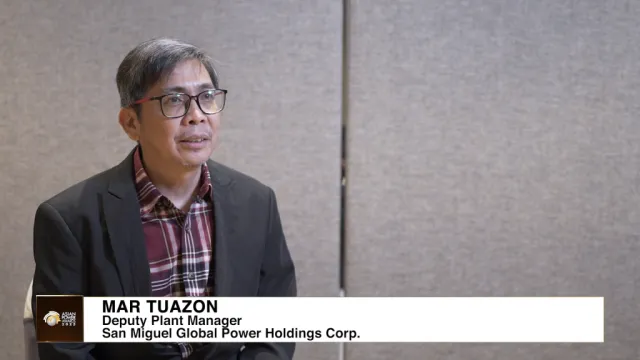
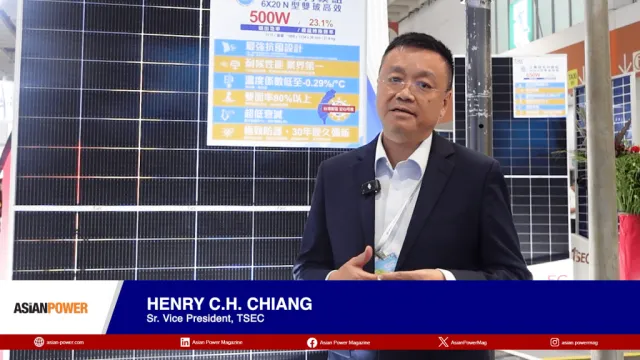

 Advertise
Advertise







